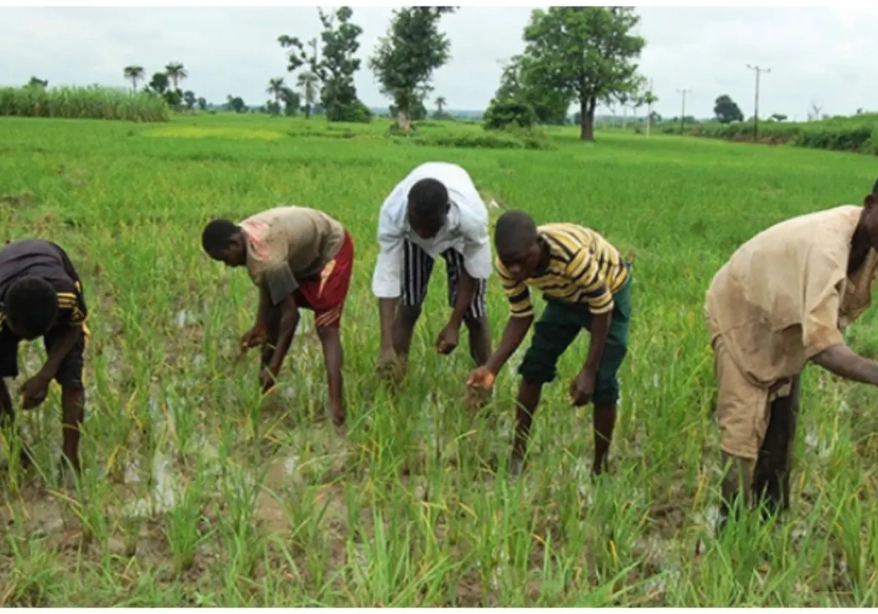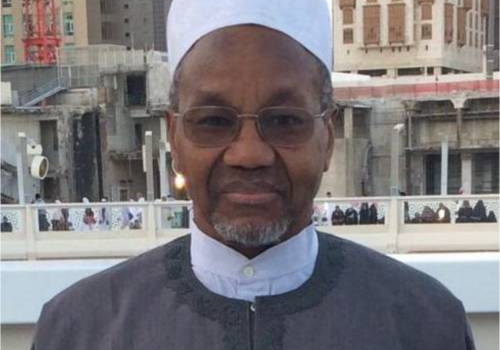The conflict in the eastern Democratic Republic of the Congo (DRC) is escalating once more, drawing the attention of the international community. Recently, there has been an exchange of missile, mortar, and artillery fire between the DRC’s armed forces and its allies, and the M23 rebel group in the Goma area. The M23’s advance on Goma has prompted the deployment of the Southern African Development Community Mission in the DRC (SAMIDRC) to Sake and surrounding areas. SAMIDRC comprises troops from South Africa, Tanzania, and Malawi.
There are concerns that SAMIDRC may face challenges in meeting its mandate to defeat the M23, given the current surge in fighting. The lack of transparency surrounding the deployment and concerns about the technical readiness of the South African National Defence Force, a key component of SAMIDRC, have raised doubts about the mission’s effectiveness.
The situation is further complicated by the suspicion that SAMIM, SADC’s mission in Mozambique, is being prematurely curtailed to avoid overstretching the region’s military resources. Furthermore, the imminent termination of SAMIM and the scheduled withdrawal of MONUSCO by the end of 2024 may pave the way for SADC, particularly South Africa, to channel its military resources into SAMIDRC.
SAMIDRC’s political justification is also unclear, as its mandate appears to focus solely on defeating M23, without publicly invoking broader regional peace and security frameworks. President Félix Tshisekedi’s call for aggressive action against M23 and Rwanda’s alleged support of the insurgent group has contributed to the urgency of SAMIDRC’s deployment.
The situation raises concerns about the need for a different approach to addressing the conflict in eastern DRC and highlights the complexities of regional military interventions and their political justifications.
The evolving situation in the DRC requires close attention from the global community, especially as it intersects with regional dynamics and broader peace and security frameworks.








